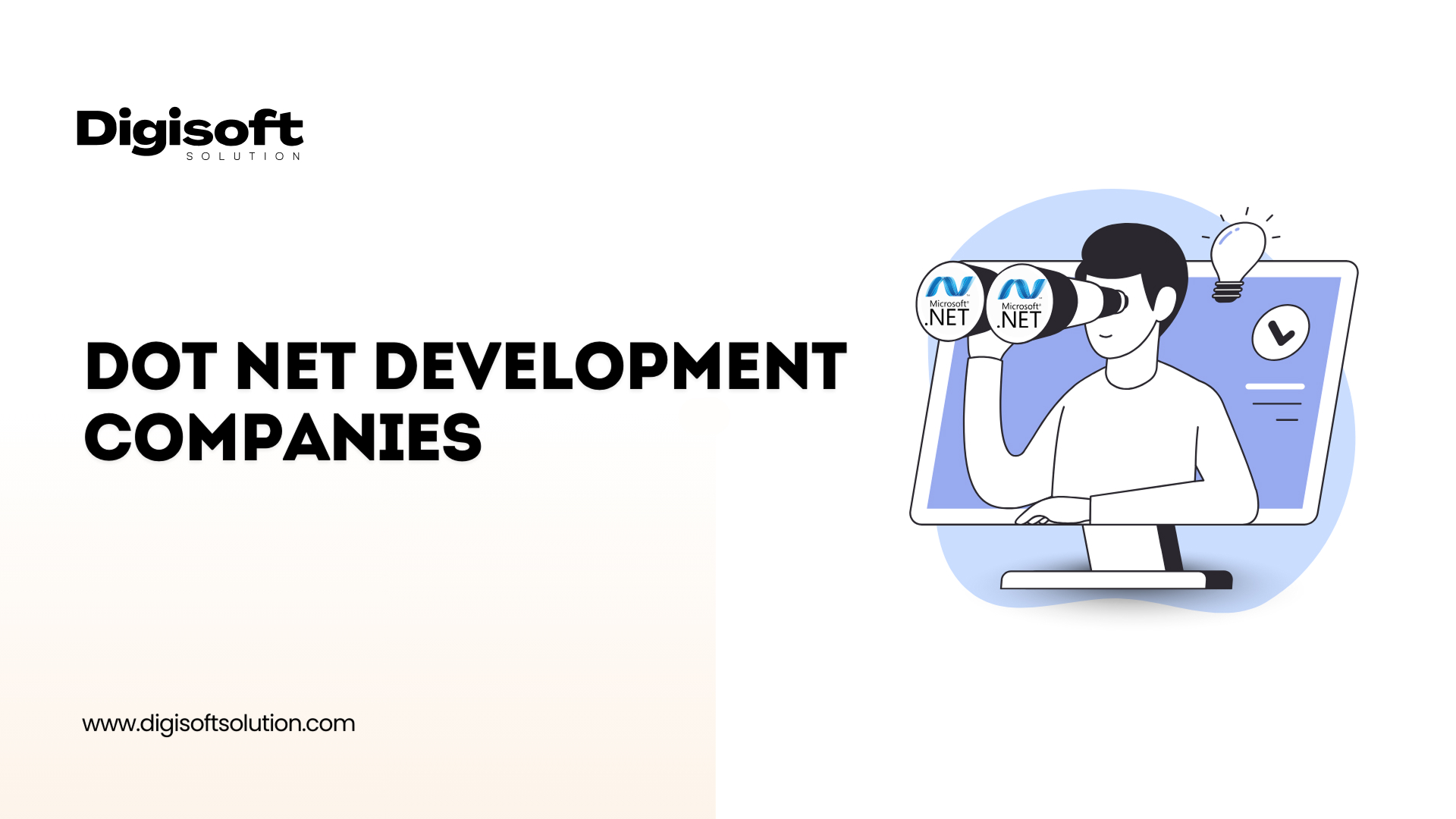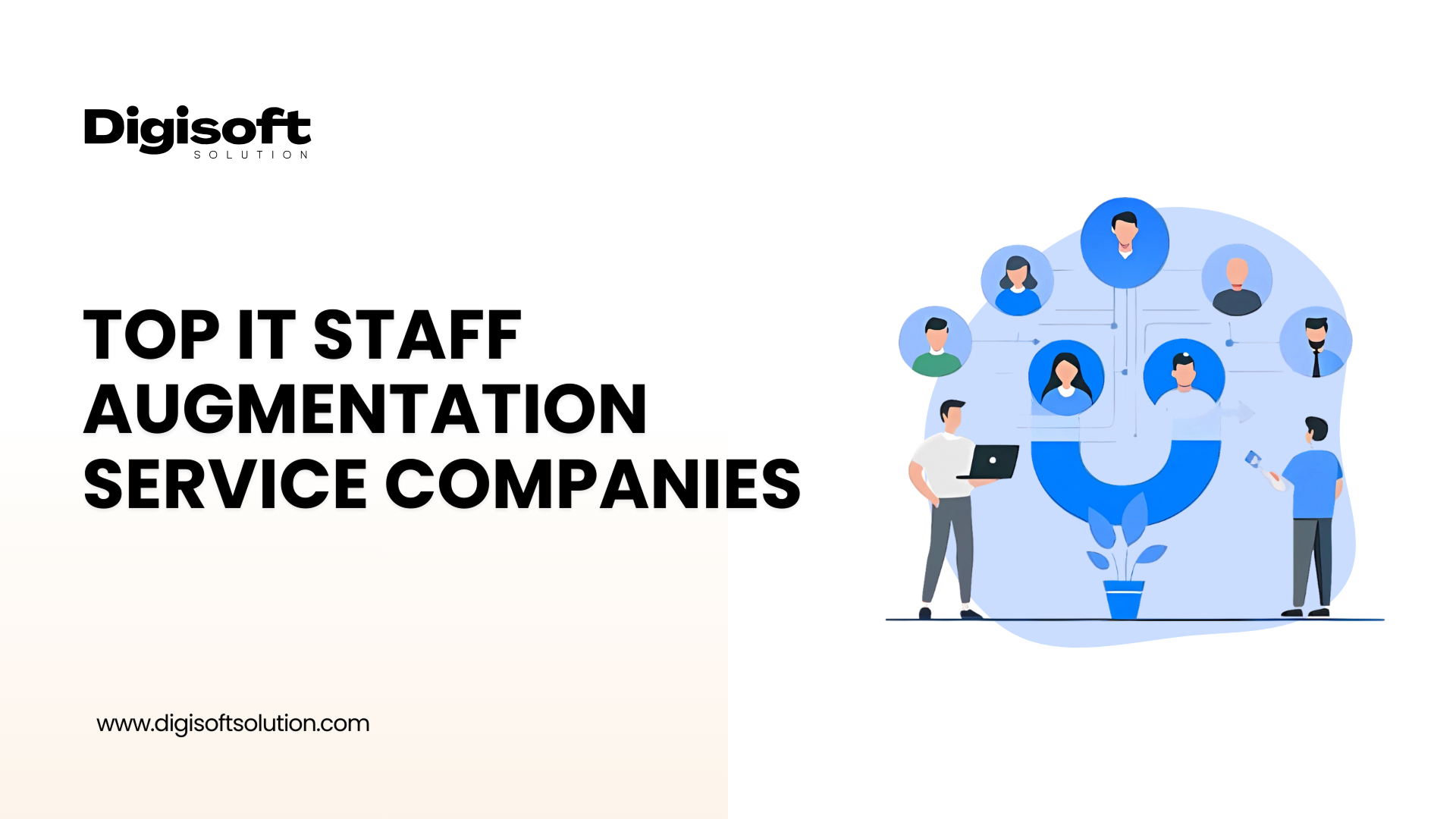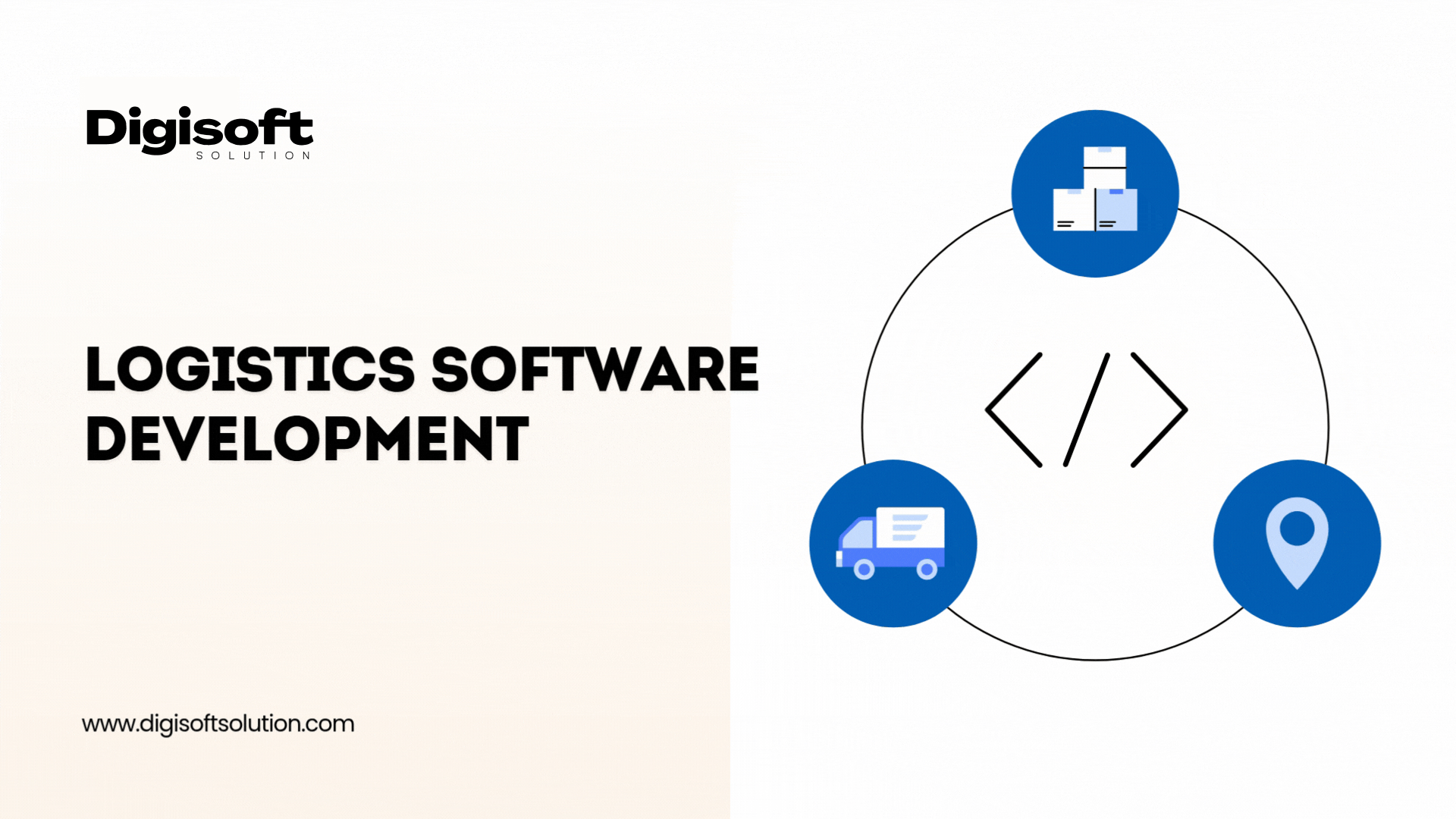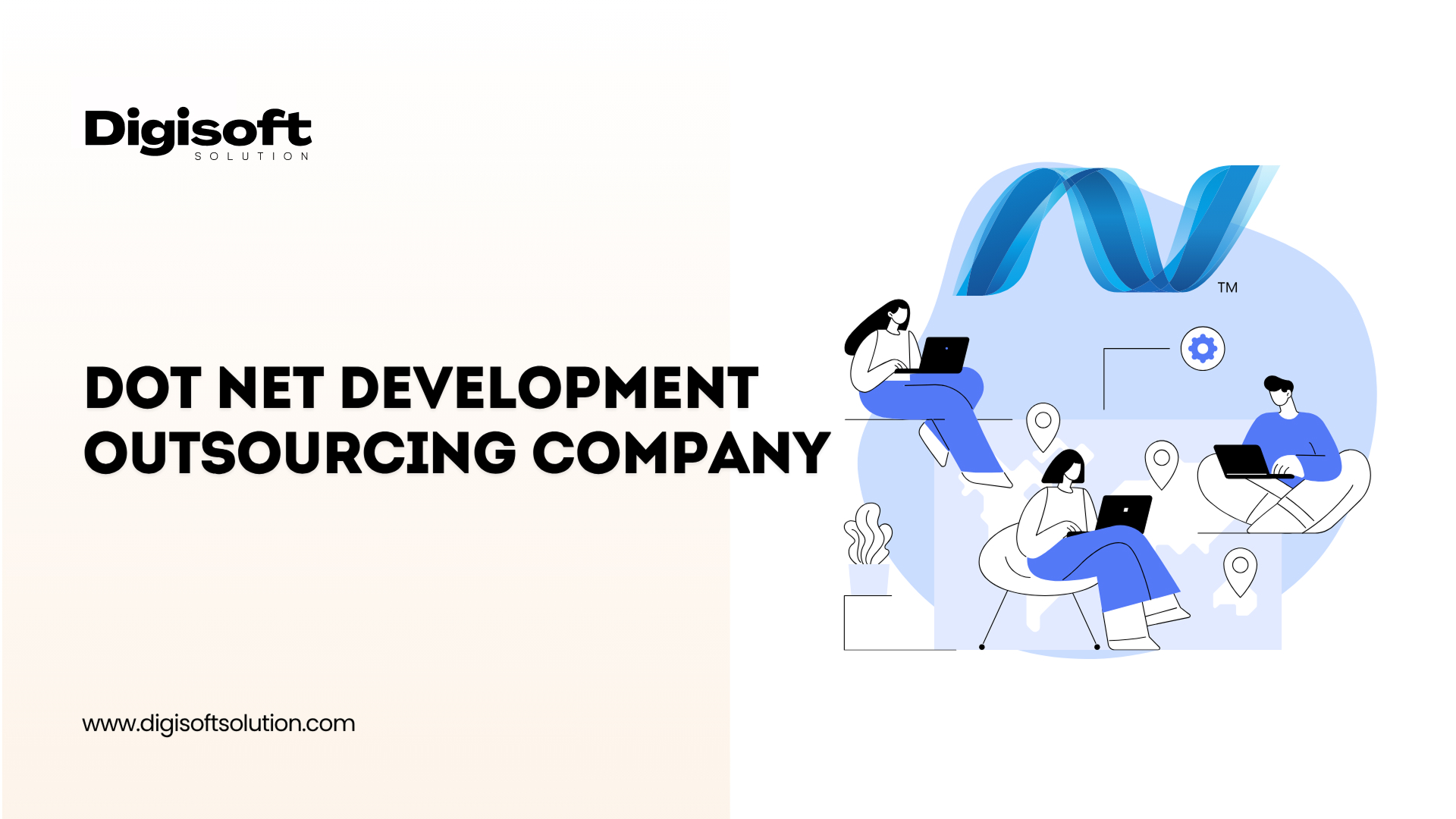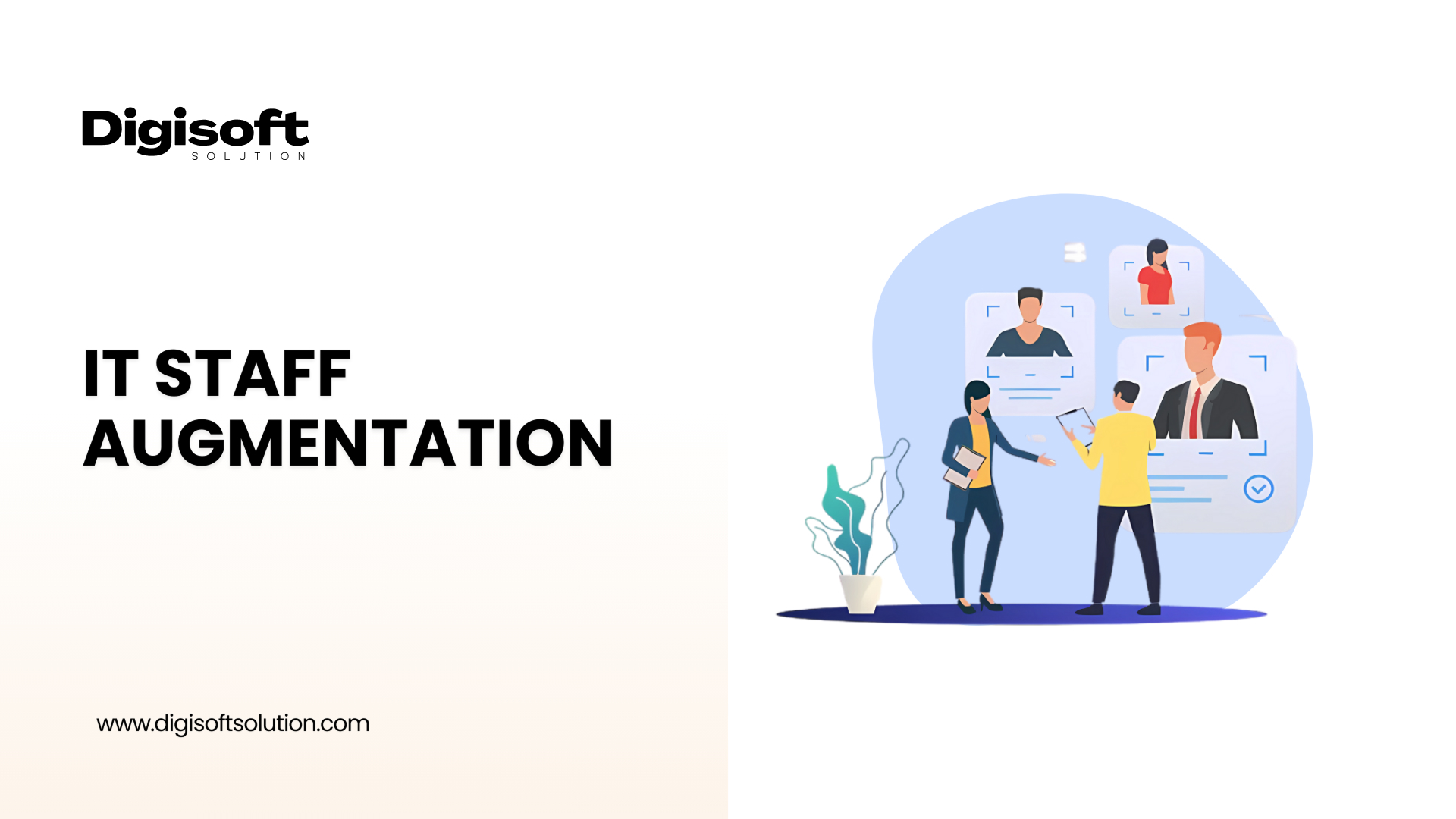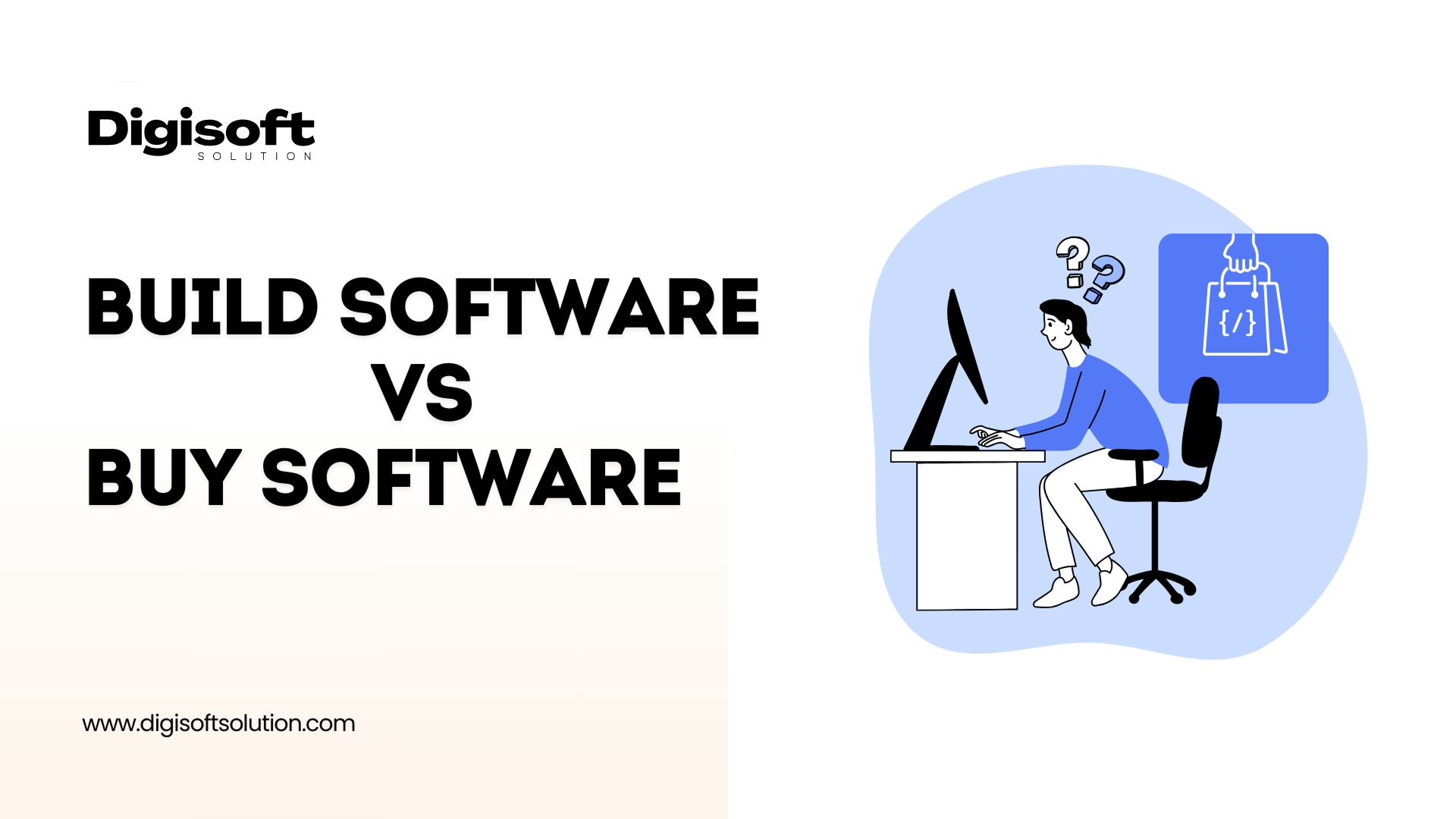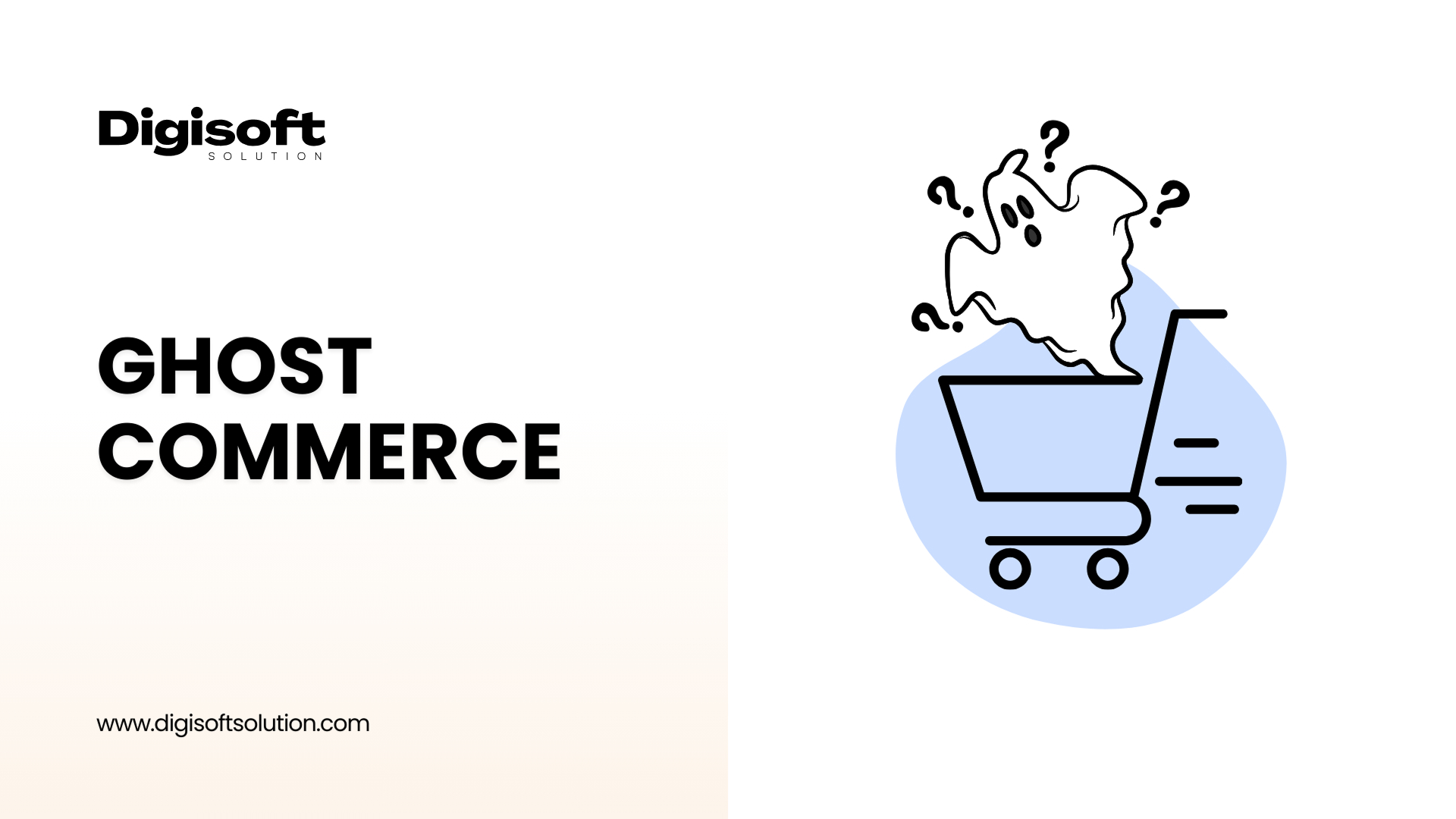Table of Content
- What is Software Development Outsourcing?
- Current Outsourcing Market - Outsourced Software Development
- 1. Geographic Expansion
- 2. Advanced Service Offerings
- 3. Partnerships Instead of Vendors
- 4. Technology Specialization
- Common Models of Software Development Outsourcing
- 1. Offshore Development
- 2. Nearshore Development
- 3. Onshore Development
- 4. Hybrid Model
- Why Do Companies Outsource Software Development?
- 1. Strategic Benefits
- 2. Economic Benefits
- White Label Software Development
- Key Factors to Consider When Selecting a Partner
- 1. Technical Skills
- 2. Communication
- 3. Cultural Fit
- 4. Security and Compliance
- 5. Flexibility
- Best Practices for Successful Outsourced Software Development
- Common Problems and How to Resolve Them
- 1. Communication Gaps
- 2. Quality Control Issues
- 3. Intellectual Property Risks
- Outsourcing Custom Software Development to India
- Future Trends in Outsourced Software Development
- How Digisoft Solution Can Help
- Final Words
Digital Transform with Us
Please feel free to share your thoughts and we can discuss it over a cup of coffee.

In a competitive technical environment, firms must cope with innovation while simultaneously maintaining effective cost control. One of the key strategies that has gained popularity is outsourcing software development.
For a growing number of companies, outsourcing is no longer a way to save money. It’s now a long-term strategy that gives access to specialized skills, advanced technology, and world expertise, and allows active employees to concentrate on what they do best while professionals handle the technical execution.
This definitive guide walks you through every important aspect of outsourcing software development, including: what it is, why do companies outsource, the outsourcing models available to you, the benefits and challenges of outsourcing, best practices for outsourcing and how you will be able to use outsourced services to drive growth within your organization.
What is Software Development Outsourcing?
Software development outsourcing is the process of contracting an outside organization to perform tasks that are typically done by internal teams. Such tasks may be the complete software development life cycle such as planning, designing, coding, testing, deployment, and maintenance or a part of it.
For instance, a company could outsource UI/UX design to a design agency, collaborate with a developer team for coding, or hire an outside vendor to test software. Some others might outsource end-to-end to a specialized vendor.
As per recent market reports, the market for global software outsourcing has increased to $92.5 billion in 2024 and is likely to continue increasing up to 2030. This indicates how companies worldwide ranging from startups to Fortune 500 firms, are increasingly outsourcing to outside vendors so that they can accelerate their digital transformation.
Current Outsourcing Market - Outsourced Software Development
The outsourcing industry has transformed drastically over the last ten years. It has moved beyond the paradigm of just cost-cutting and is a critical part of strategic growth. Here are some of the main changes in the industry
1. Geographic Expansion
- India and the Philippines continue to be the top outsourcing destinations.
- Eastern Europe (Ukraine, Poland, Romania), Latin America (Brazil, Argentina, Mexico), and Southeast Asia (Vietnam, Malaysia) are also gaining prominence as hubs.
2. Advanced Service Offerings
- Outsourcing now comprises high-end services such as AI integration, IoT solutions, cloud architecture, and cybersecurity.
- Firms no longer outsource mere "basic coding" but complete digital transformation initiatives.
3. Partnerships Instead of Vendors
- Firms currently approach software development outsourcing firms as long-term collaborators rather than interim service providers.
- Partnership is centered around innovation, knowledge transfer, and leveraging capabilities.
4. Technology Specialization
- Firms prefer vendors with specialization in niche domains over general developers.
- For instance, companies might engage a white-label software development firm for SaaS solutions or a team that specializes in blockchain or cloud-native apps.
Common Models of Software Development Outsourcing
When companies outsource, they can have a variety of models based on their objectives.
1. Offshore Development
Vendors are situated in far-off nations, normally with wide time zone differences.
Example: A U.S. firm outsourcing to India or Vietnam.
Strengths: Huge pool of talent, cheaper cost.
Weaknesses: Time zone and communication lag.
2. Nearshore Development
Vendors are situated in neighboring countries, with only negligible time differences.
Example: U.S. firms working with Mexico or Argentina.
Strengths: Simplified communication, similar culture.
Challenges: Marginally higher prices than offshore.
3. Onshore Development
Vendors are located in the same nation.
Pros: Easy communication, common culture.
Challenges: Higher price, restricted talent pool.
4. Hybrid Model
Blends offshore, nearshore, and onshore models.
Example: A firm maintains strategy and design onshore but outsources development and testing overseas.
Adaptive hybrid, nearshore, offshore, and onshore models is picking up pace as it lets firms get the best of cost saving, communication optimization, and technical skills.
Why Do Companies Outsource Software Development?
Companies outsource for both economic advantages and strategic motivations.
1. Strategic Benefits
- Flexibility: Twenty developers today, only five next month? Outsourcing makes it very easy to scale up or down depending on the project.
- Access to Advanced Technology: A company can collaborate with specialized experts in AI, data analytics, and blockchain, without having to train its own team.
- Concentration on Core Areas: Outsourcing helps companies concentrate on their core competencies, such as marketing, client interaction, and business growth, as well as allow experts to work on technical implementations.
- Easily Reach to Market: Software development outsourcing companies with pre-established teams allow companies to bring out the product comparatively faster.
2. Economic Benefits
- Cost Effectiveness: Outsourcing software development will cost 30–50% less than developing it locally in regions with high costs, such as the U.S. or Europe.
- No Investment in Infrastructure: Firms save office space, equipment, servers, and other technical infrastructure.
- Reliable Costs: Most outsourcing deals are fixed-price arrangements, making it simpler to budget and minimize financial risk.
White Label Software Development
One of the most rapidly developing outsourcing products is white label software development.
This is how it is done:
- A white-label software development firm produces software that another firm can repurpose and market as its own.
- These offerings enable companies to bring products to market quickly without starting from scratch.
- Sectors such as SaaS, fintech, and e-commerce depend extensively on white label software development services in order to develop their product lines.
For instance, a marketing firm can collaborate with a white-label software development firm to provide analytics tools under its name. This strategy is time-saving, risk-reducing, and gives an instantaneous competitive advantage.
Key Factors to Consider When Selecting a Partner
Working with the wrong outsourcing partner most often results in a failed project. Here are some of the most important factors to evaluate:
1. Technical Skills
- Check if the vendor has experience with the relevant technologies that you need.
- Ask for case studies and references, and if appropriate, ask for them to be technically certified.
2. Communication
- Be certain the communication will be in fluent English or in any other language you want.
- Check if they can work with your tool of choice: Slack, Jira, Trello, or Microsoft Teams.
3. Cultural Fit
- Work ethics, time management, and business practices differ from region to region.
- Choose a partner that shares your company’s ethos.
4. Security and Compliance
- Ensure the company is regulated by GDPR, HIPAA, or others, depending on your scenario.
- Ensure non-disclosure agreements and intellectual property rights are well defined.
5. Flexibility
- Make sure the vendor can supply more developers in the event that your project expands.
Best Practices for Successful Outsourced Software Development
After you choose the proper vendor, adopt these best practices in building a smooth partnership:
- Set Clear Expectations: Establish objectives, deliverables, and deadlines up front.
- Maintain Regular Communication: Hold weekly meetings and employ project management tools.
- Encourage Collaboration: Treat your vendor like they are part of your team, not merely a service provider.
- Track Performance: Employ KPIs like delivery schedules, code quality, and number of bugs.
- Document Everything: Maintain proper records of changes, processes, and requirements.
Common Problems and How to Resolve Them
Despite the high benefits of outsourcing, there are some problems which businesses usually encounter:
1. Communication Gaps
- Time zones and cultural issues can impact collaboration.
- Solution: Apply overlapping work schedules, organized calls, and live messaging tools.
2. Quality Control Issues
- Unreliable coding habits may emerge.
- Solution: Apply code reviews, automated testing, and QA processes.
3. Intellectual Property Risks
- Company data may be threatened when shared outside.
- Solution: Solid legal agreements, NDAs, and limited access to confidential information.
Outsourcing Custom Software Development to India
India is a world leader in outsourcing, particularly for custom software development outsourcing.
- Skilled Workforce: Every year, millions of engineers graduate, making India one of the world's biggest talent pools.
- Cost Advantage: Saving cost by over 50% using outsourcing in India.
- Strong English Proficiency: Smooth communication with international clients.
- Trusted IT Hub: Host to some of the world's leading software development outsourcing companies.
For companies seeking to outsource software development, India remains a first choice due to the combination of price, talent, and quality.
Future Trends in Outsourced Software Development
The sector keeps on developing, and some major trends will determine its future:
- AI in Collaboration: Automated translation tools, intelligent coding assistants, and live code reviews.
- Specialized Micro-Teams: Organizations are recruiting smaller teams of experts for special technologies instead of large general teams.
- Value Over Cost: Organizations are searching for innovation and strategic contribution rather than mere low costs.
- Remote Work Normalization: As work-from-home becomes the norm, distributed teams and outsourcing are merging into a single model.
How Digisoft Solution Can Help
At Digisoft Solution, we are experts in supporting businesses to achieve success through outsourced software development. Whether you are looking to avow white label software development services or want to extend your technical strength, our experts can assist you at each step of the way.
We integrate worldwide talent with industry know-how and provide secure, scalable, and affordable solutions. Through collaboration with Digisoft Solution, you can make outsourcing shift from being a problem to a source of long-term competitive strength.
Final Words
There is a clear trajectory to the evolution of outsourcing as it isn't just about cost savings, but about adding a competitive advantage. By adopting outsourced software development as a strategy, businesses can source global talent, increase speed to innovation, and leverage scalable capacity.
It is adaptable for both startups launching their first digital product or an enterprise modernizing legacy systems allowing for the speed and flexibility we need in the digital age.
Digital Transform with Us
Please feel free to share your thoughts and we can discuss it over a cup of coffee.
 Parampreet Singh
Parampreet Singh







 Kapil Sharma
Kapil Sharma































